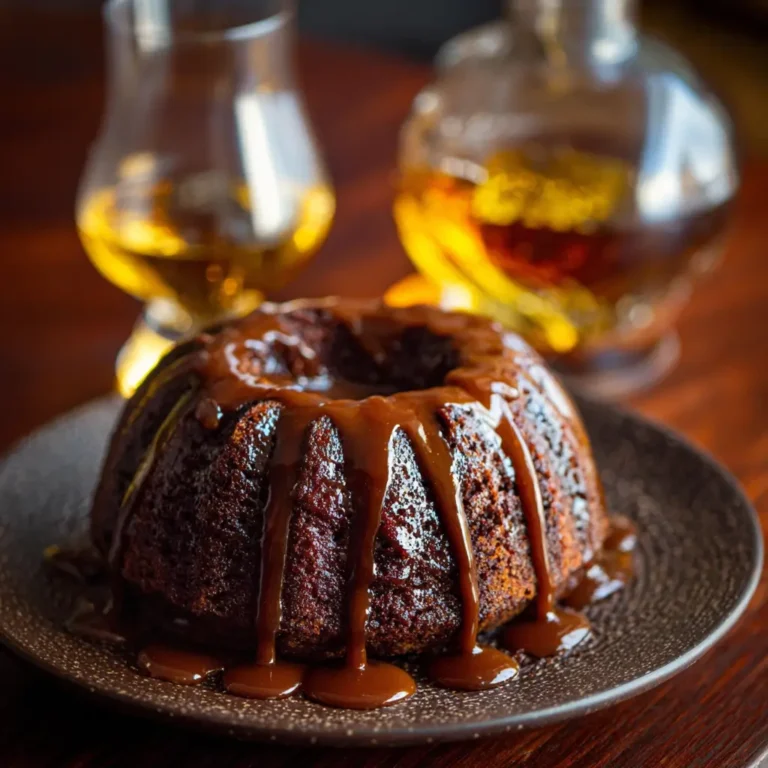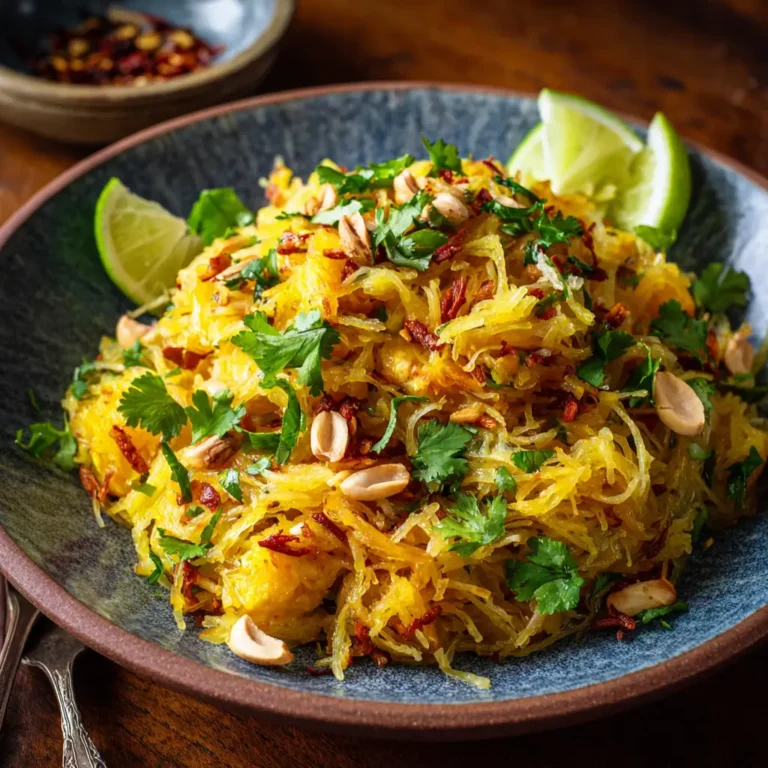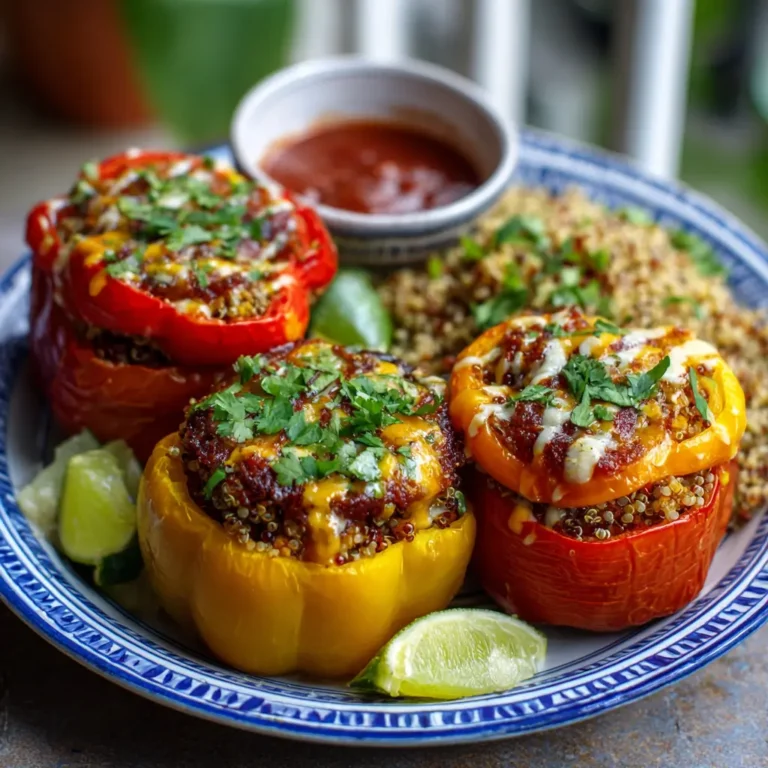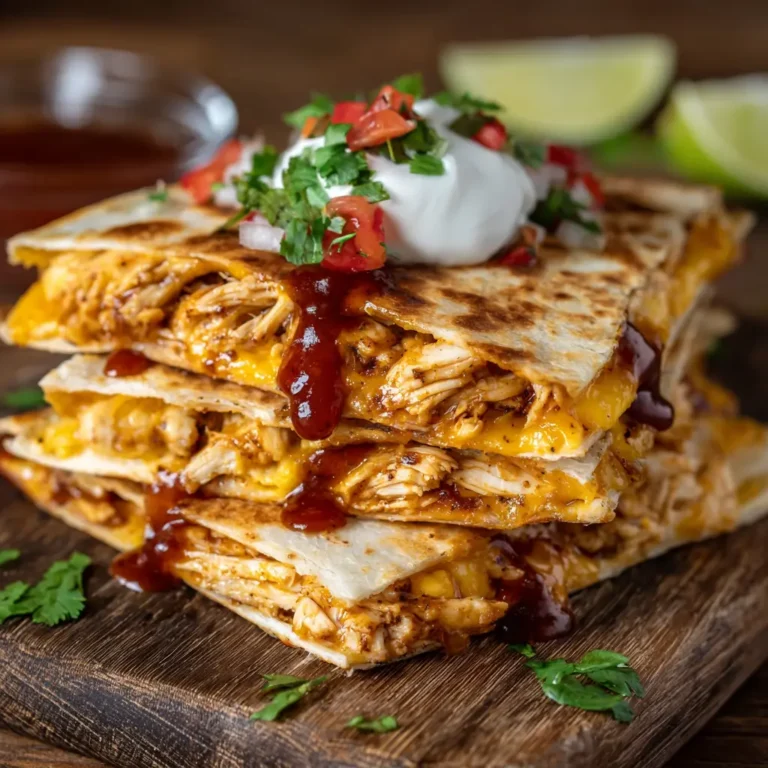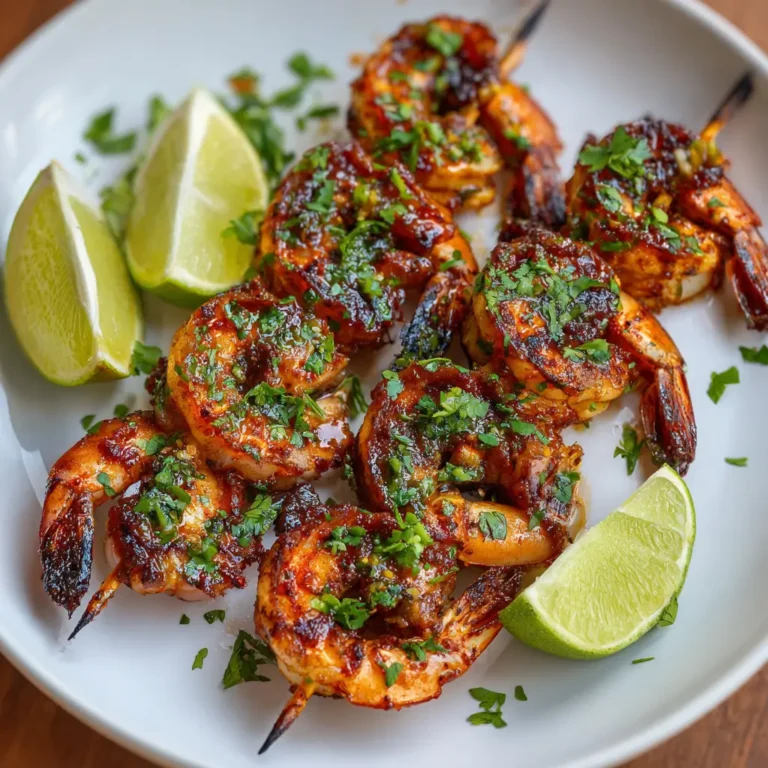Mediterranean Chicken Bowls
Mediterranean Chicken Bowls: A Flavorful Journey Through the Mediterranean Diet
The Mediterranean diet has long been celebrated for its heart-healthy benefits, vibrant flavors, and emphasis on whole, minimally processed ingredients. Among the most beloved dishes inspired by this culinary tradition are Mediterranean Chicken Bowls—nutrient-dense, colorful meals that bring together lean protein, fresh vegetables, wholesome grains, and rich Mediterranean staples like olive oil, feta cheese, and olives. Whether you’re seeking a quick weeknight dinner or a meal prep favorite, these bowls offer versatility, balance, and satisfaction in every bite.
The History of Mediterranean Cuisine and Its Modern Adaptations
The roots of Mediterranean cuisine stretch across countries bordering the Mediterranean Sea—Greece, Italy, Spain, southern France, Turkey, Lebanon, and Morocco—each contributing unique flavors shaped by geography, climate, and cultural exchange. Historically, the region’s people relied on seasonal produce, legumes, fish, olive oil, and herbs due to the warm climate and fertile land. The concept of grain bowls as we know them today didn’t exist centuries ago, but the foundational components—grains like bulgur and barley, grilled meats, yogurt-based sauces, and pickled vegetables—have deep historical roots.
In the 20th century, researchers began studying the health benefits of traditional Mediterranean eating patterns. The famed “Seven Countries Study” by Ancel Keys in the 1950s highlighted lower rates of heart disease among Mediterranean populations, sparking global interest. Fast forward to today, and the Mediterranean diet consistently ranks among the healthiest in the world. Modern interpretations like the Mediterranean Chicken Bowl blend authenticity with convenience, making it accessible to home cooks and health-conscious eaters everywhere.
Ingredients Breakdown: What Makes These Bowls So Special?
The magic of Mediterranean Chicken Bowls lies in their ingredient synergy—each component contributes flavor, texture, and nutrition. Here’s a detailed breakdown:
- Chicken Breast (or Thighs): Lean, high-protein meat that absorbs marinades beautifully. Boneless, skinless chicken breasts are commonly used for their mild flavor and ease of preparation.
- Olive Oil: A cornerstone of the Mediterranean diet, extra virgin olive oil provides heart-healthy monounsaturated fats and antioxidants. It’s used for marinating, roasting, and dressing.
- Lemon Juice: Adds brightness and enhances flavor while helping tenderize the chicken during marination.
- Garlic and Herbs: Fresh garlic, oregano, thyme, rosemary, and parsley infuse depth and aroma. Dried herbs work too, but fresh ones elevate the dish.
- Whole Grains: Options include quinoa, brown rice, farro, or couscous. Quinoa is popular for its complete protein profile and fluffy texture.
- Vegetables: Cucumber, cherry tomatoes, red onion, bell peppers, Kalamata olives, and spinach or arugula add crunch, color, and phytonutrients.
- Feta Cheese: Salty, creamy, and tangy, feta made from sheep’s or goat’s milk is a staple in Greek cuisine.
- Hummus: A creamy chickpea spread that adds plant-based protein, fiber, and richness to the bowl.
- Tzatziki Sauce: A refreshing yogurt-cucumber-garlic sauce that cools the palate and complements grilled chicken.
- Pomegranate Seeds or Fresh Herbs: Optional garnishes that add sweetness, acidity, and visual appeal.
Step-by-Step Recipe: How to Make Perfect Mediterranean Chicken Bowls at Home
Follow this detailed guide to create restaurant-quality Mediterranean Chicken Bowls in your own kitchen. Serves 4.
Ingredients
For the Chicken:
- 1.5 lbs (680g) boneless, skinless chicken breasts
- 1/4 cup extra virgin olive oil
- 3 tablespoons fresh lemon juice
- 4 garlic cloves, minced
- 1 teaspoon dried oregano
- 1/2 teaspoon smoked paprika (optional)
- Salt and freshly ground black pepper to taste
- 1 tablespoon fresh rosemary or thyme, chopped (or 1 tsp dried)
For the Bowls:
- 1.5 cups uncooked quinoa (or brown rice, farro, etc.)
- 3 cups water or low-sodium broth
- 1 medium cucumber, diced
- 1 pint cherry tomatoes, halved
- 1/2 red onion, thinly sliced
- 1 red bell pepper, sliced
- 1 cup pitted Kalamata olives
- 2 cups baby spinach or arugula
- 1 cup crumbled feta cheese
- 1.5 cups hummus (store-bought or homemade)
- 1 cup tzatziki sauce
- Optional: 1/2 cup pomegranate seeds, fresh parsley or dill
Directions
- Marinate the Chicken: In a large bowl or resealable bag, combine olive oil, lemon juice, minced garlic, oregano, paprika, salt, pepper, and fresh herbs. Add chicken breasts, ensuring they’re fully coated. Seal and refrigerate for at least 30 minutes, or ideally 2–4 hours for deeper flavor.
- Cook the Grain Base: While chicken marinates, rinse quinoa under cold water. In a medium pot, bring 3 cups of water or broth to a boil. Add quinoa, reduce heat to low, cover, and simmer for 15 minutes or until liquid is absorbed and quinoa is fluffy. Remove from heat, fluff with a fork, and let stand covered for 5 minutes. Season lightly with salt if desired.
- Grill or Pan-Sear the Chicken: Preheat grill, grill pan, or skillet over medium-high heat. Remove chicken from marinade (discard excess marinade). Cook chicken for 6–7 minutes per side, depending on thickness, until internal temperature reaches 165°F (74°C). Let rest for 5 minutes before slicing into thin strips or cubes.
- Prepare the Vegetables: While chicken cooks, chop all vegetables. Place cucumber, tomatoes, red onion, bell pepper, olives, and greens in separate bowls or arrange on a platter for assembly.
- Assemble the Bowls: Begin with a base of cooked quinoa in each bowl. Arrange sections of chicken, vegetables, olives, and greens. Add a generous dollop of hummus and a spoonful of tzatziki. Sprinkle with crumbled feta and optional pomegranate seeds. Garnish with fresh herbs.
- Serve: Serve immediately with extra lemon wedges on the side for squeezing over the top. Drizzle with additional olive oil if desired.
Tips for the Best Mediterranean Chicken Bowls
- Don’t Skip the Marinade: Even 30 minutes makes a difference, but overnight marination delivers maximum tenderness and flavor.
- Use a Meat Thermometer: Prevent dry chicken by cooking to exactly 165°F. Overcooking leads to toughness.
- Rinse Quinoa Well: Removes natural saponins that can make quinoa taste bitter.
- Bulk Up with Legumes: Add canned chickpeas or lentils for extra fiber and plant protein.
- Make Ahead Smartly: Cook grains and marinate chicken in advance. Store components separately to maintain freshness and texture.
- Toast Your Grains: For extra nuttiness, toast quinoa or farro in a dry pan before boiling.
- Balance Textures: Include crunchy (cucumber), creamy (hummus, feta), chewy (grains), and juicy (tomatoes) elements for a satisfying mouthfeel.
Variations and Customizations: Make It Your Own
One of the greatest strengths of Mediterranean Chicken Bowls is their adaptability. Here are creative ways to customize them:
- Protein Swaps: Replace chicken with grilled shrimp, salmon, lamb, tofu, tempeh, or chickpeas for a vegetarian version.
- Grain Alternatives: Try bulgur wheat, freekeh, barley, or cauliflower rice for lower-carb options.
- Sauce Variations: Swap tzatziki for tahini sauce, skhug (Yemeni hot sauce), or a lemony vinaigrette.
- Add Pickled Vegetables: Include pickled red onions, beets, or turnips for tang and complexity.
- Go Spicy: Add harissa paste, crushed red pepper flakes, or jalapeños for heat.
- Seasonal Twists: In summer, use heirloom tomatoes and fresh corn; in fall, roast butternut squash or eggplant.
- Kid-Friendly Version: Skip strong flavors like olives and raw onion. Use mild cheese and add avocado slices.
- Meal Prep Style: Prepare all components in mason jars or containers with dressing at the bottom to prevent sogginess.
Health Considerations and Nutritional Value
Mediterranean Chicken Bowls align closely with the principles of the Mediterranean diet, widely recognized for promoting longevity, heart health, and weight management. Here’s why this bowl is a nutritional powerhouse:
- Lean Protein: Chicken breast provides about 30g of protein per 6 oz serving, supporting muscle repair and satiety.
- Healthy Fats: Olive oil, olives, feta, and hummus contribute monounsaturated and polyunsaturated fats, which support cardiovascular health and hormone production.
- Fiber-Rich Carbohydrates: Whole grains and vegetables supply complex carbs and fiber, aiding digestion and stabilizing blood sugar.
- Antioxidants and Phytonutrients: Tomatoes (lycopene), garlic (allicin), and leafy greens (lutein) have anti-inflammatory and immune-boosting properties.
- Calcium and Probiotics: Feta offers calcium, while tzatziki made with live-culture yogurt may provide gut-friendly probiotics.
Nutritional Estimate (per serving, approximate):
- Calories: 580–650
- Protein: 35–40g
- Fat: 25–30g (mostly healthy fats)
- Carbohydrates: 50–55g
- Fiber: 8–10g
- Sodium: 800–1000mg (can be reduced by using low-sodium hummus and less feta)
Those with dietary restrictions can easily modify the recipe: use dairy-free feta and yogurt for lactose intolerance, gluten-free grains for celiac disease, or reduce portions for calorie control. Always consult a healthcare provider for personalized advice.
Frequently Asked Questions (FAQ)
Can I make these bowls ahead of time?
Yes! This dish is ideal for meal prep. Cook and store components separately in airtight containers for up to 4 days. Assemble just before eating to maintain texture.
Can I use frozen chicken?
It’s best to thaw chicken fully before marinating and cooking for even results. If using frozen, defrost in the refrigerator overnight.
Is tzatziki dairy-free?
Traditional tzatziki contains yogurt, so it’s not dairy-free. However, you can make a vegan version using coconut or almond-based yogurt.
How do I keep chicken moist?
Avoid overcooking, use a marinade with acid and oil, and let the chicken rest after cooking to retain juices.
Can I bake the chicken instead of grilling?
Absolutely. Bake at 400°F (200°C) for 20–25 minutes or until done. Broil for the last 2–3 minutes to crisp the edges.
What can I use instead of hummus?
Try baba ganoush (eggplant dip), white bean spread, or a simple mashed avocado with lemon and garlic.
Are these bowls gluten-free?
Yes, as long as you use naturally gluten-free grains like quinoa, rice, or certified gluten-free oats. Avoid couscous unless it’s labeled gluten-free.
Can I freeze Mediterranean Chicken Bowls?
While freezing is possible, it’s not recommended due to texture changes—vegetables become soggy and grains may dry out upon reheating. Best enjoyed fresh or refrigerated.
Summary
Mediterranean Chicken Bowls are a delicious, balanced meal that celebrates fresh ingredients, bold flavors, and nutritious eating. Packed with lean protein, fiber-rich grains, and vibrant vegetables, they’re as healthy as they are satisfying.

